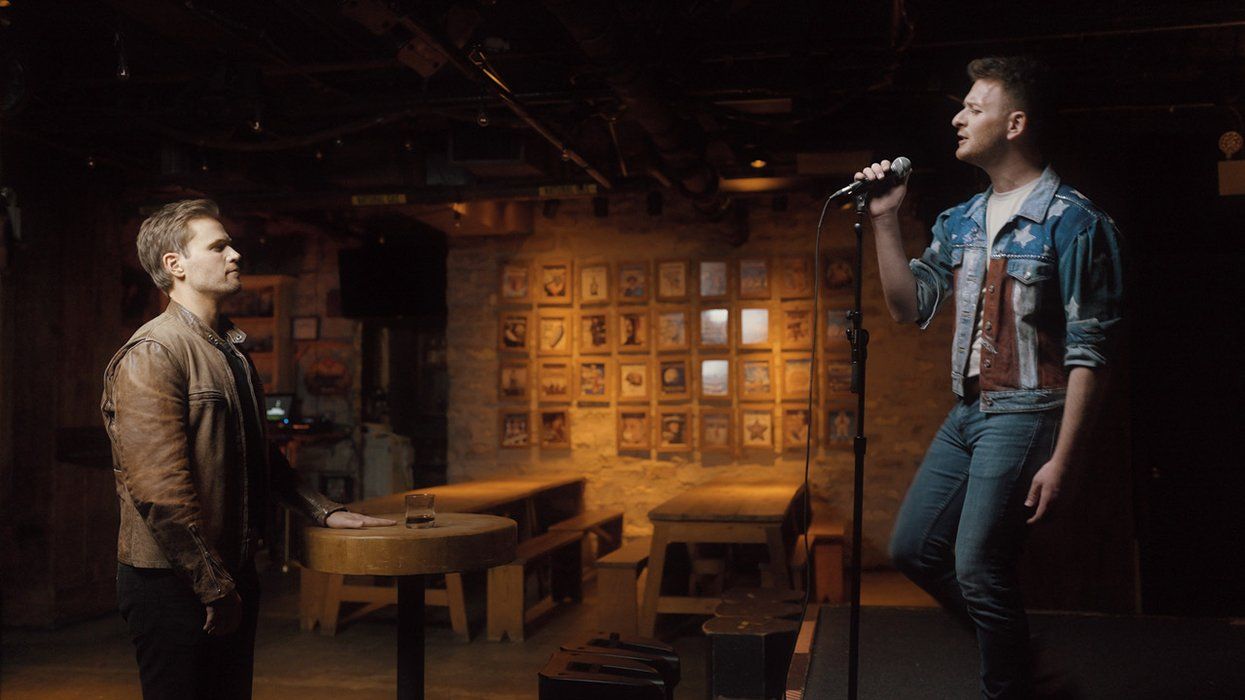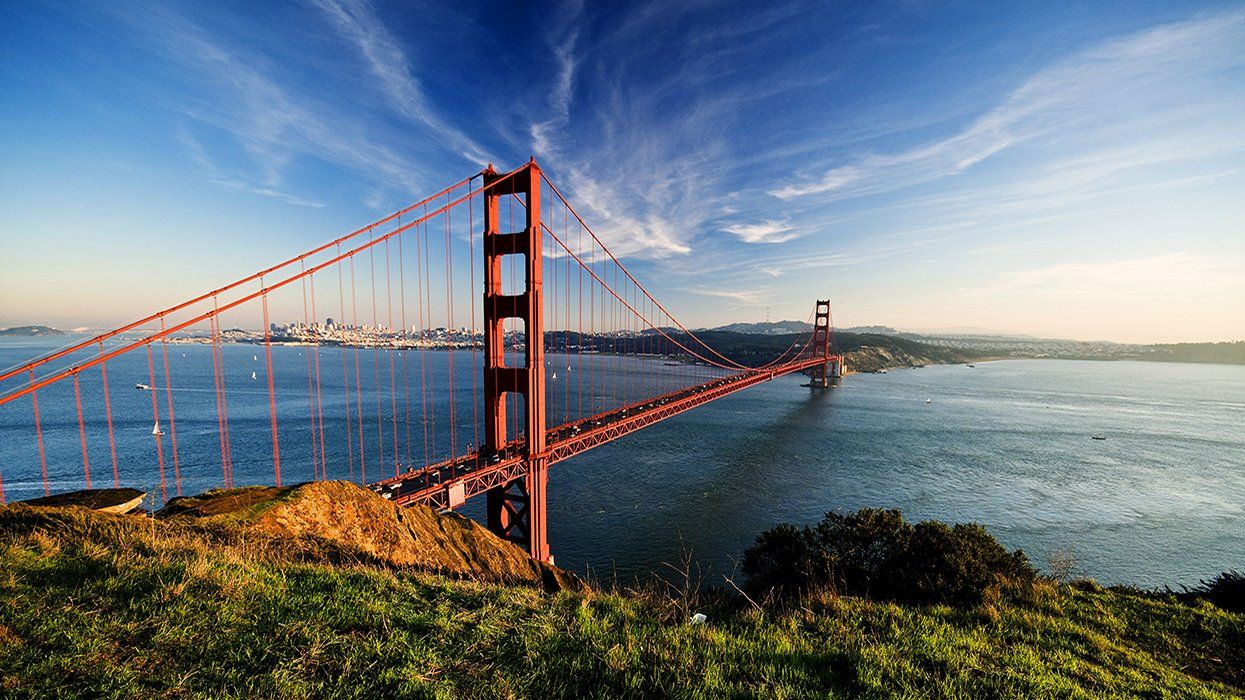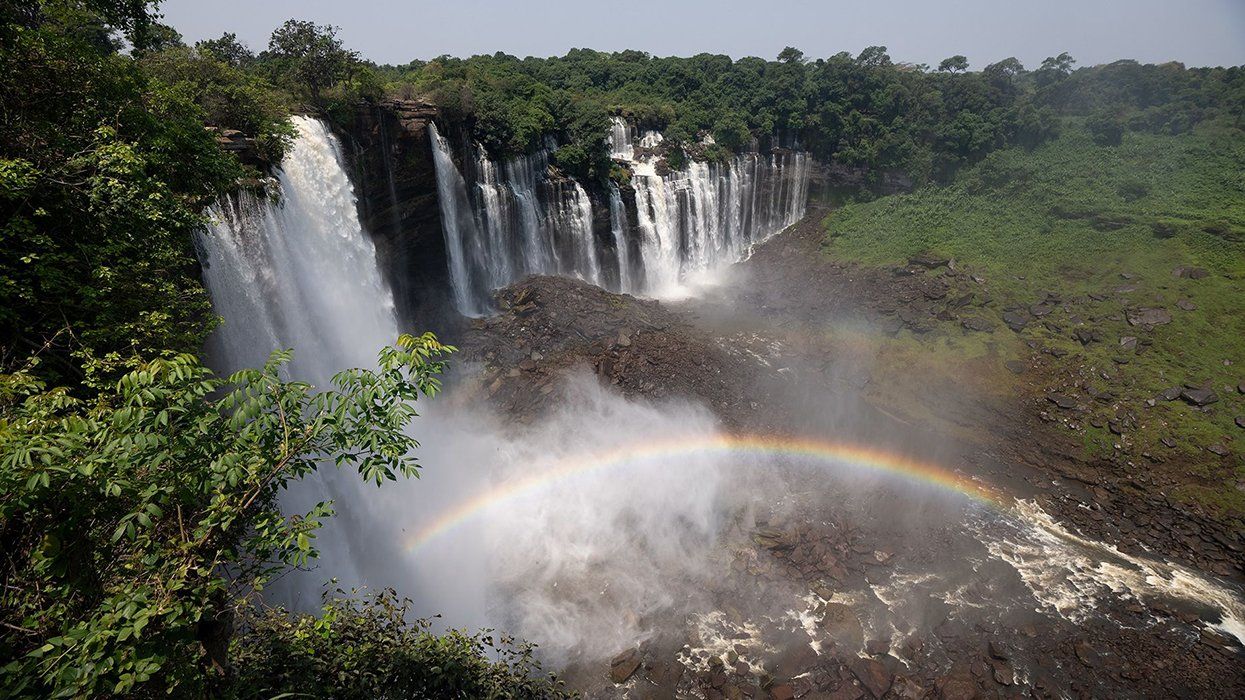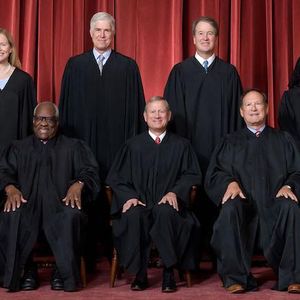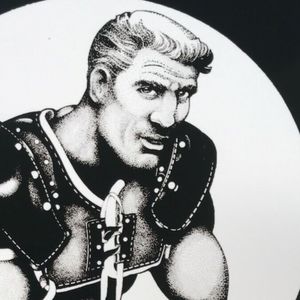It had been 20 years since I had last laid eyes on the chasm, and it involuntarily took my breath away, just as it did when I was young. I stood on the concrete pathway lining the edge of the Grand Canyon?s South Rim, surrounded by tourists from all over the world. Despite the throngs of buses passing and cameras snapping, the place was immensely silent. Even the rowdy kids who had been cooped up in days-long car rides stood still. A slight breeze dusted the pi?on pines and Utah junipers around us, and a primordial condor, with its seven-foot wingspan, glided just above our heads. Everyone seemed to understand implicitly the sanctity of the dreamlike scene spread out before us. Whether or not you believe in a creator or creative force (or whatever you wish to call it), here was pure physical evidence to give a cynic pause.
The stats say it all: 277 miles long, four to 18 miles wide, one mile deep, 17 million years in the making. Unlike other tourist monuments that can pale in the harsh light of up-close reality, the canyon easily earns its moniker of one of the wonders of the world. No wonder the Hopi Indians believed that the entrance to another world lay at the bottom of the canyon and that they as a people had emerged out of this cosmic portal.
My intention on this trip was to delve a bit deeper -- both physically within the canyon itself, but also deeper into the Navajo and Hopi land and cultures that the map showed me were within a day?s drive of the canyon. I thought losing myself in the endless mesa deserts would be a great way to find my soul again, which I lose track of on a regular basis when I am back home in Manhattan.
I began my journey by checking into one of the three gay-run B&Bs in Flagstaff, a liberal-leaning, pine-covered town of 59,000 just an hour and half south of the Grand Canyon. I was surprised to hear the owners talk about all the gays and lesbians who live there, how great their June pride festival was, and how laissez-faire the locals were about homos. This is the famously red state of Arizona? Instead, I felt like I was on a special planet far away from the rest of the nation -- that was until I got on the highway and joined a portion of the roughly four million visitors who annually make the pilgrimage to the Grand Canyon.
?Forget trying to find a parking space in the summer on the South Rim,? Carol, who works on the Grand Canyon Railway, told me. ?There?s been talk of keeping the Grand Canyon Village off-limits to cars, about building a light-rail system to bring the tourists in. They need to do something?at least only letting people in who have hotel reservations in the village.? Thankfully, the Grand Canyon Railway, utilizing revamped ?40s and ?50s carriages on a 1901 track, reopened in 1989 to ferry tourists 64 miles in from the Old West town of Williams, elegantly sailing them through stunning desert vistas hidden from the more crowded highway, to the Grand Canyon Village at a 7,000-foot elevation. It?s there where half a dozen lodges reside near the canyon?s rim, the most popular being the famed El Tovar, a 1905 hunting lodge?cum-castle that can be booked up to a year in advance.
But don?t pity the Grand Canyon as a jam-packed victim of its own success. As I strolled around the tasteful hotels, galleries, and stores -- most designed in the early 20th century by the visionary architect Mary Colter to blend into the natural landscape -- I was surprised to realize that the Grand Canyon National Park is one of the most environmentally forward parks in the United States. Free park shuttle buses are powered by natural gas, recycling bins are everywhere, and Xanterra, the managing company of the village?s lodges, has green policies a mile long. And it?s a good thing. Teddy Roosevelt, during a 1903 visit, prophetically said of the canyon, ?The ages have been at work on it, and man can only mar it.?
Part One | Part Two | Part Three



















